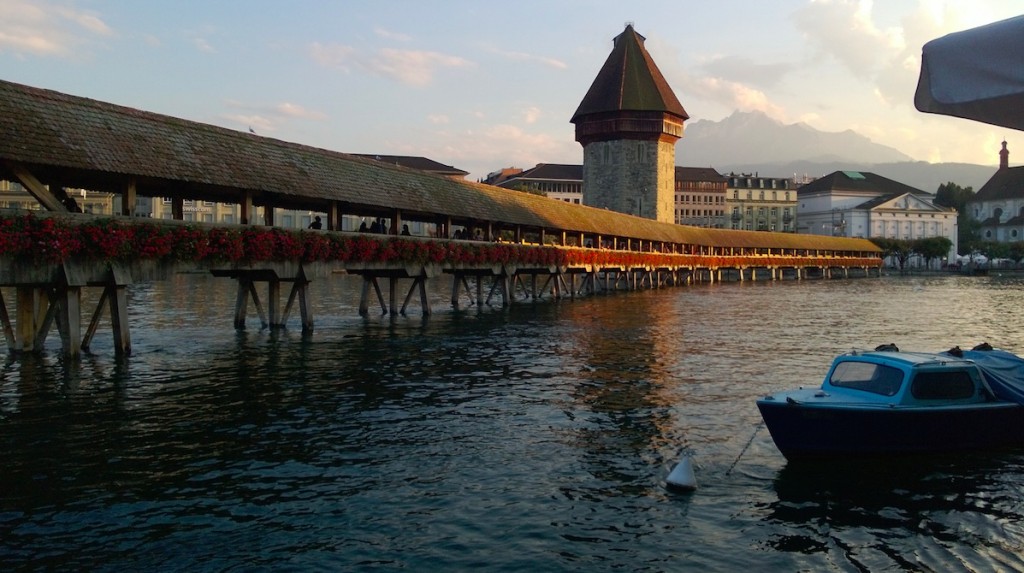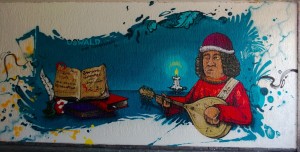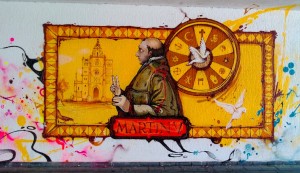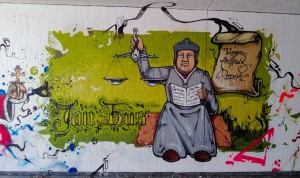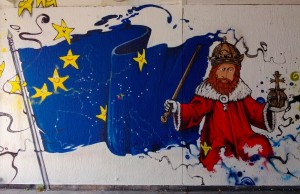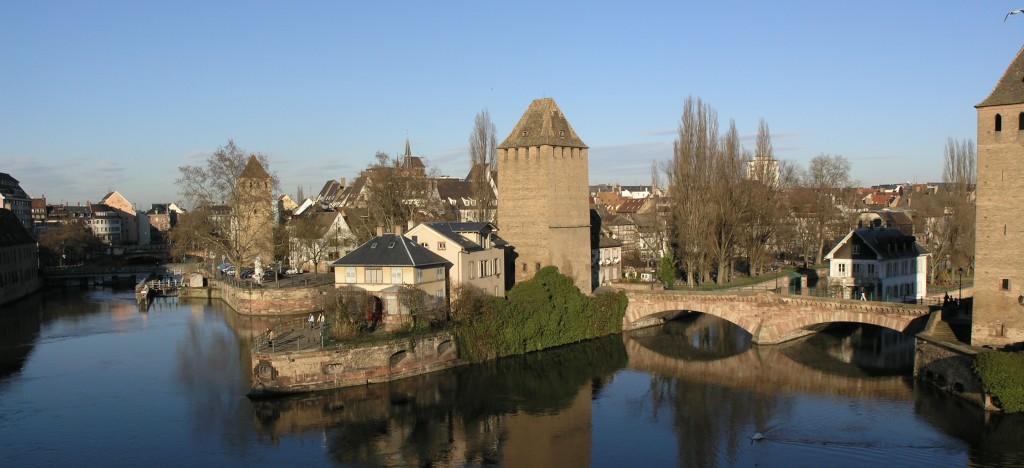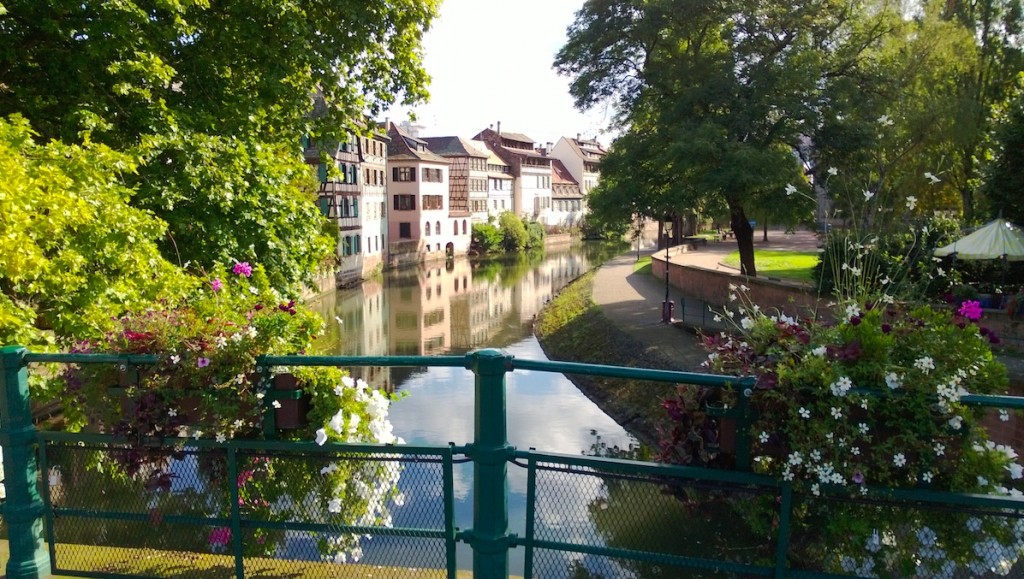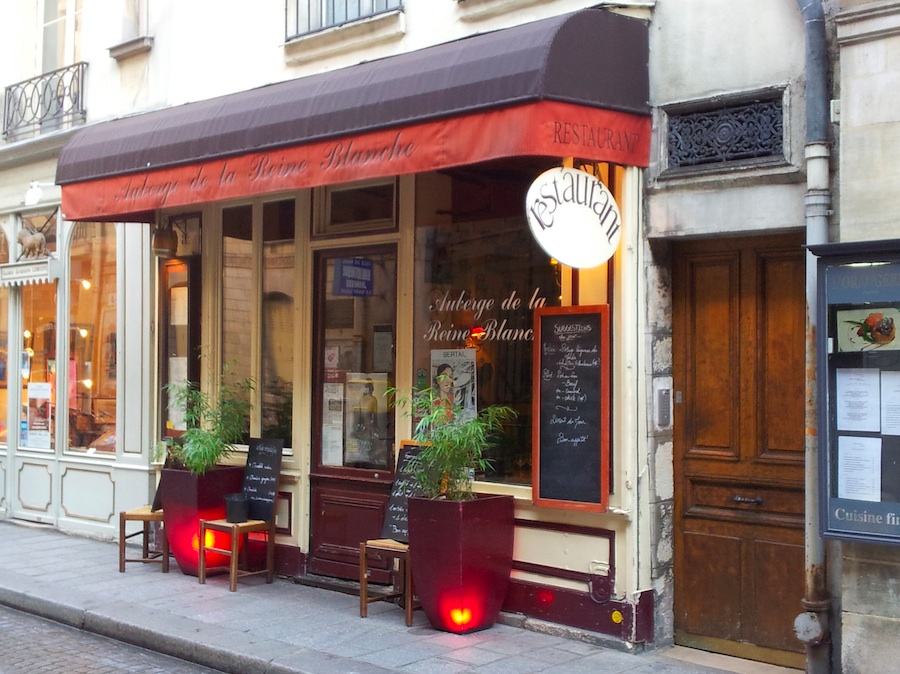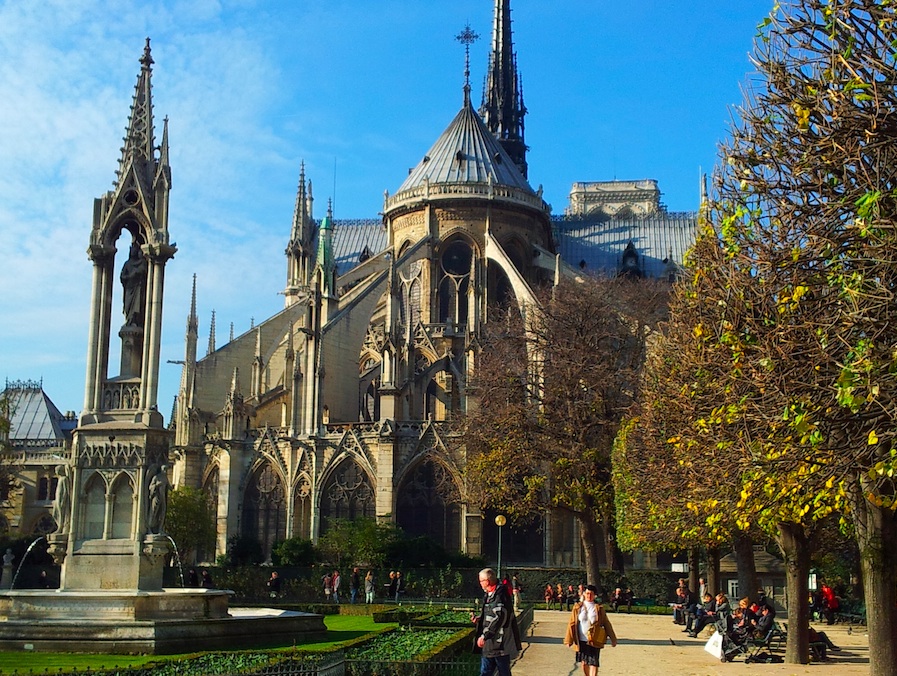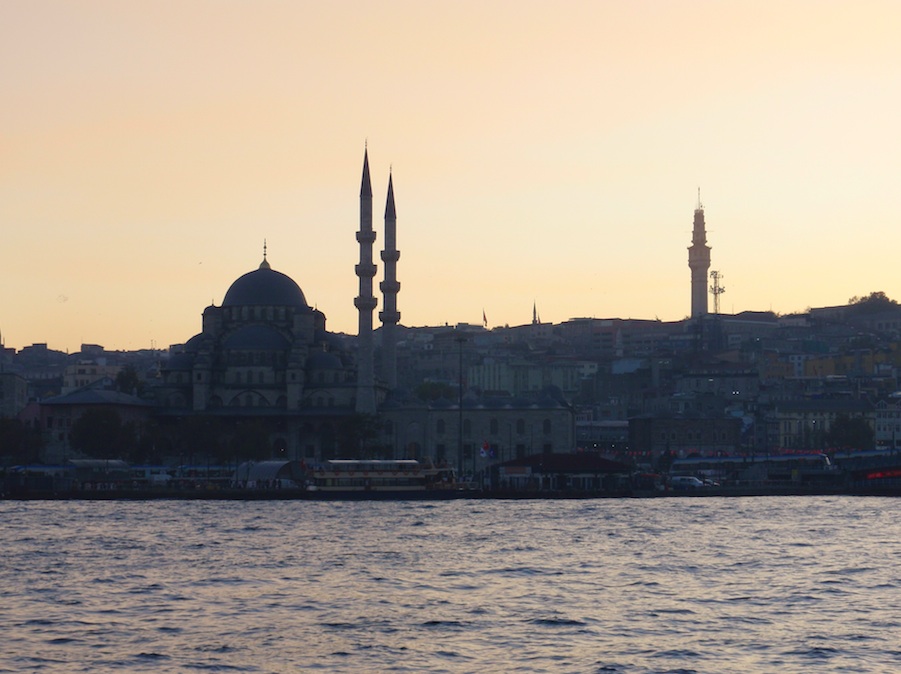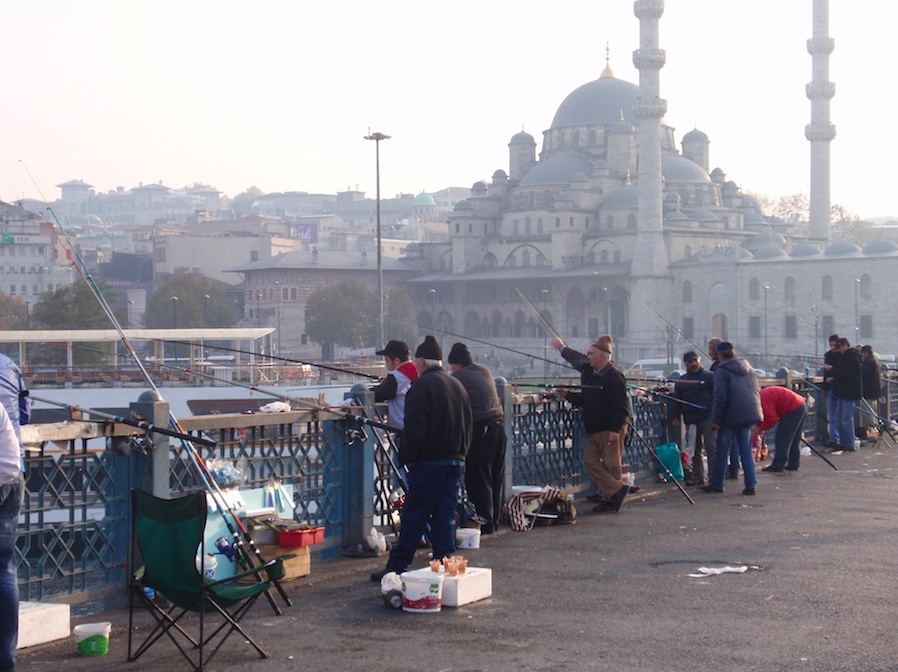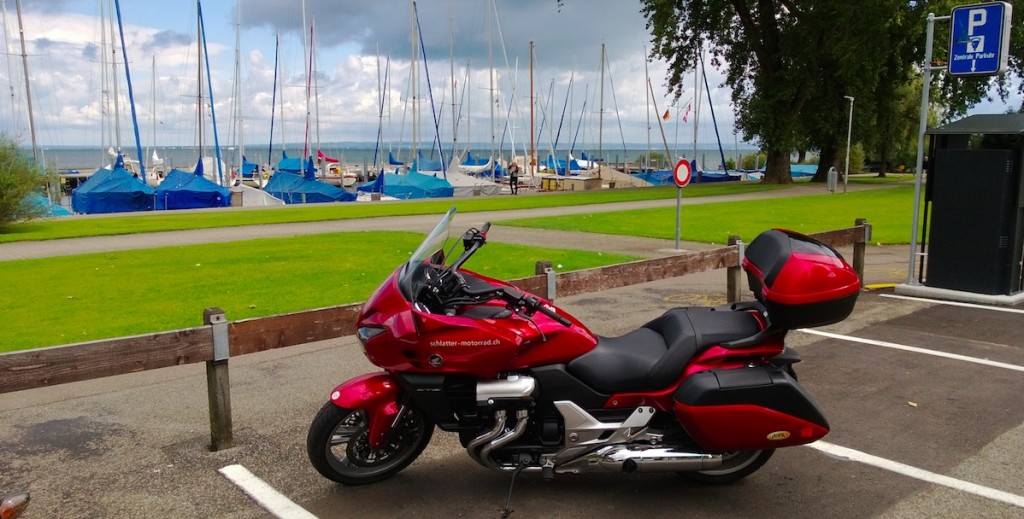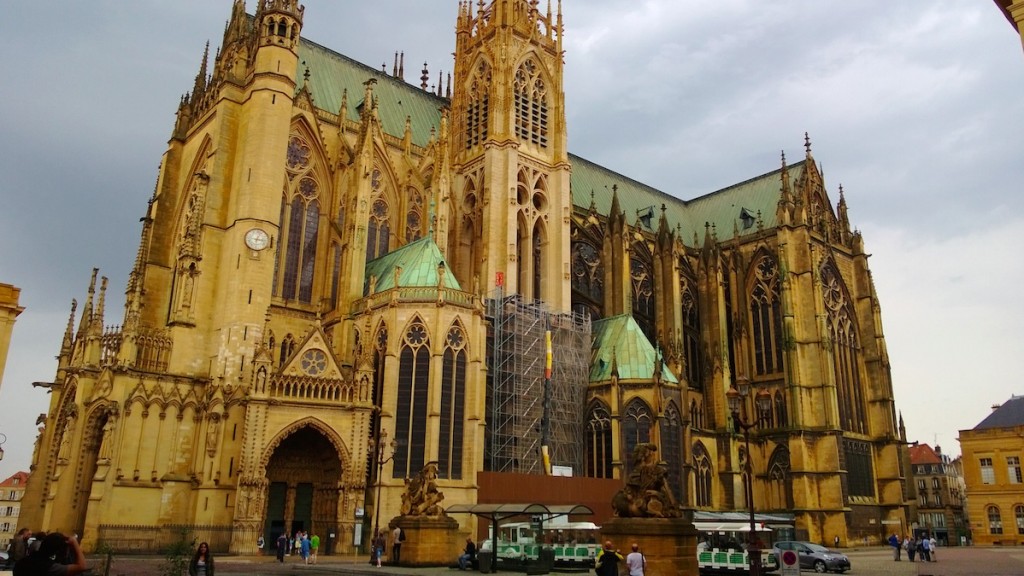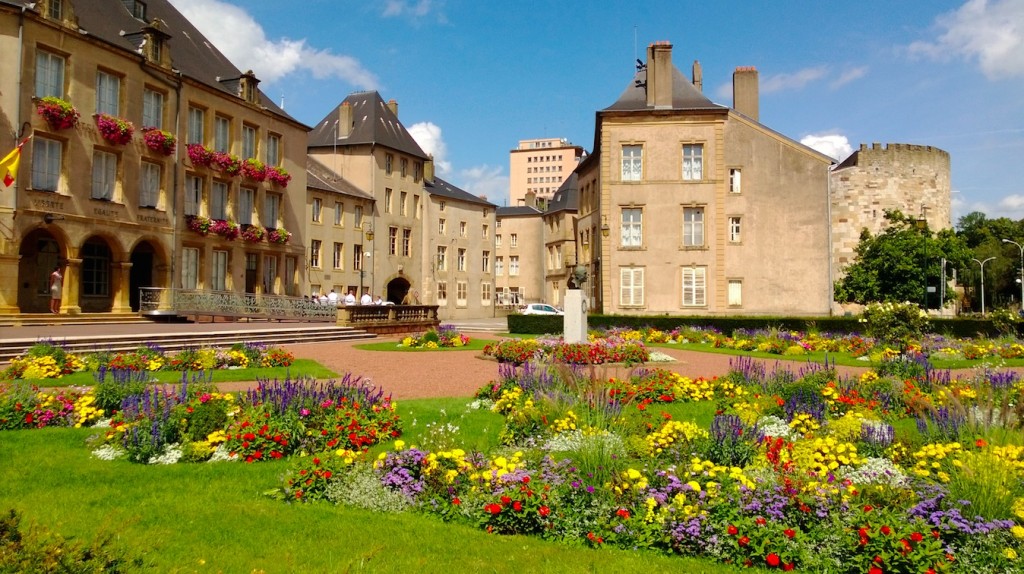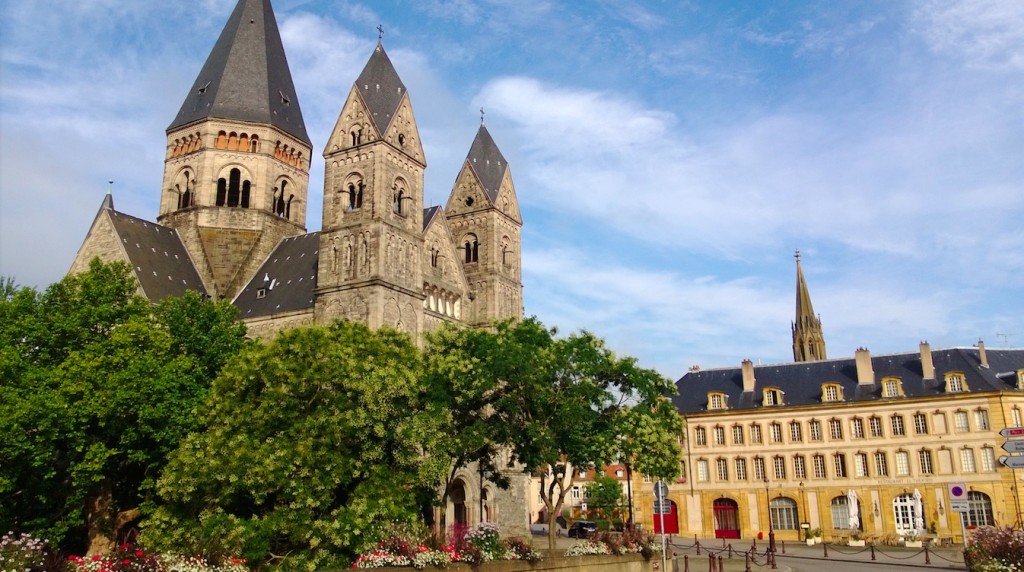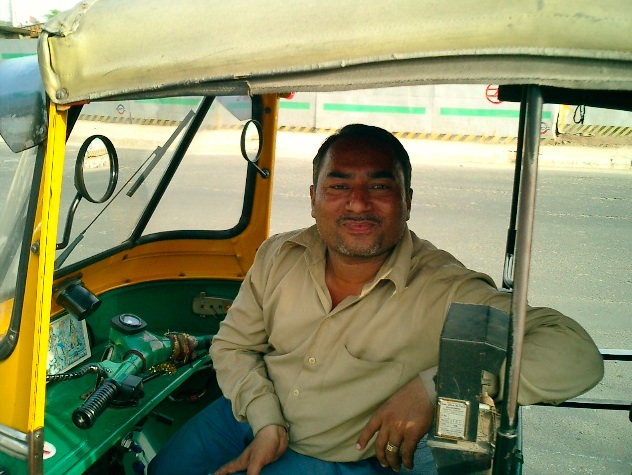
During my first trip to Dehli, in the middle of the hot summer, an auto rickshaw driver was surprisingly honest with me: he asked if he could drive me to a store for tourists, because he would receive a 100 Rs “commission” from the owners for each tourist he delivered there. It was the “off season,” he said, and he needed the extra money for his family.
I have NEVER seen such honesty and openness from an auto wallah before!
So I made a deal with him: he would drive me to as many of these tourists stores as he could: I’d shop for a few minutes then buy nothing and leave, he’d collect 100 Rs from each store we visited — and at the end of the day, we would split the proceeds 50%/50%.
After a few hours we hit nearly 15 different stores, my voice was hoarse from 15 repetitions of the question “Do you have any little paper maché elephants made in Kashmir?” and his pockets were full of money! Because I didn’t need the money but wanted the fun, I then told him he could keep it all, because he was so honest and open.
He was really happy with this, and we spent another 2 hours in which he took me on the best auto tour of Dehli anyone is ever likely to get, even stopping to drink tea with his other auto wallah friends near this great big stone arch-thing.
Motto: The people who want to take advantage of you can often turn out to be very nice people – and sometimes you can have a lot of fun by turning the tables and taking advantage of the system itself!



